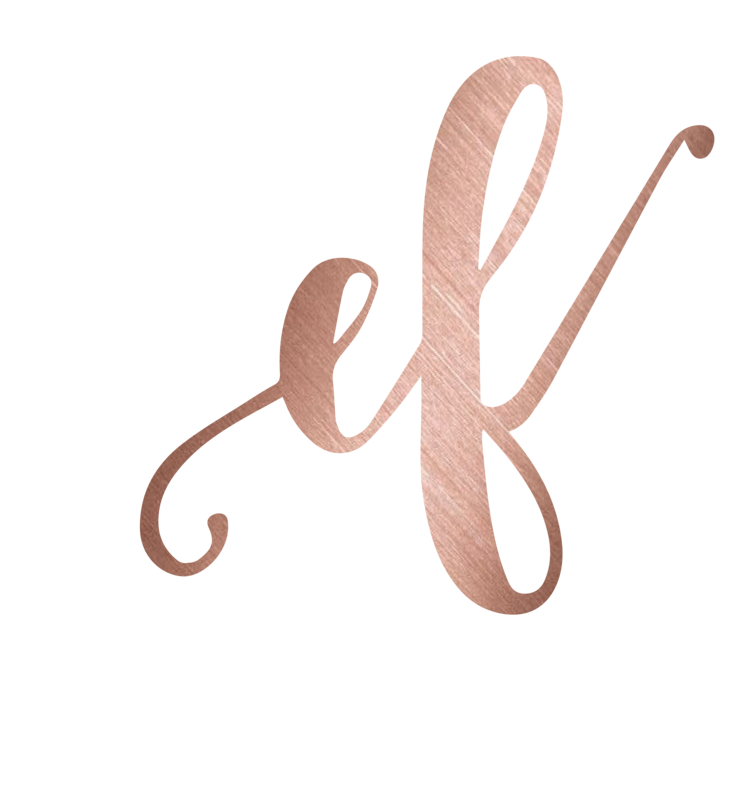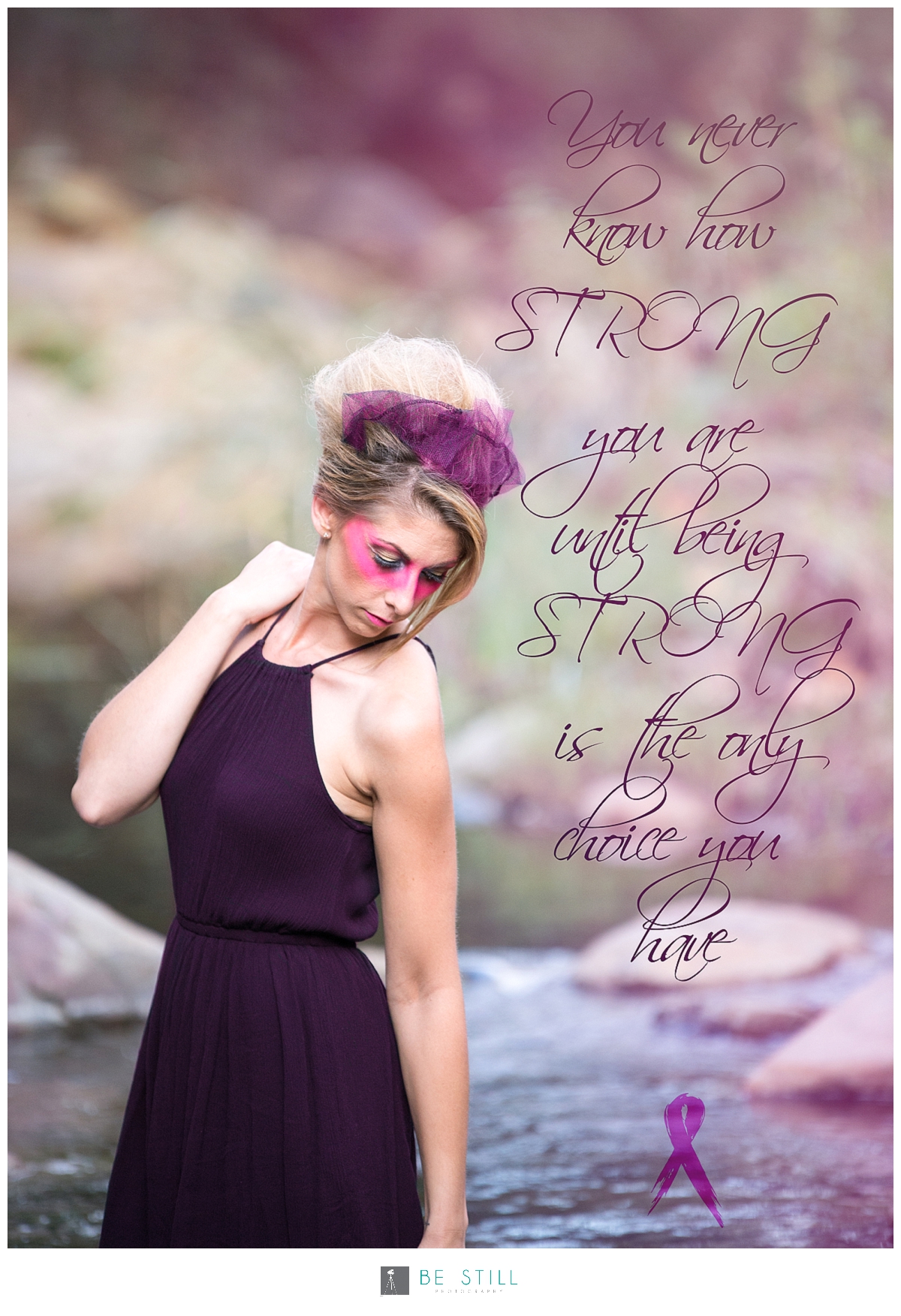The story of Briana Silva:
I was 26 years old and it was 9 months after my son was born, while just still adjusting to life as a single mother that I was diagnosed with Breast cancer unexpectedly. I know first thought, 26?!? .
Yep, it can happen at any age, which is why I'm such a big advocate on doing self exams, being aware of changes, and being proactive in your health care. Mine was a near miss, that thankfully God's plan had interceded upon.
I had a small lump under my left arm pit for a few years, that I had seen a doctor for and was told it was merely ectopic breast tissue and advised to just keep watch. Well come time to begin breastfeeding my son while in the NICU I had become overly engorged to the point of my whole left axilla (arm pit) swelling up as well requiring ice packs and such.
When I had addressed it with my ob/gyn he felt it and again reassured me it was probably just ectopic breast tissue that filled with milk with lactation and should go away. Fast forward to July 9 months later, here I was an RN who faithfully does monthly exams because of the strong family history of cancer and I had found a lump in my left breast.
I diligently went to have it evaluated and ended up down the path of having a biopsy. While doing the ultrasound ,setting up for core needle aspiration of the lump in my breast, they had me position my left arm over my head, in doing so they asked me about the protrusion of the noticeable lump in my axilla. I explained what I had been told but that no formal ultrasound had been done.
They asked if while we were already there doing so if I wanted them to do one now. After a few minutes they stepped out to make a call. When the doctor returned he told me that he spoke with my ordering doctor and saw something worrisome, that they placed the order if I'd be willing to do the 2 biopsies since that was why I was already there, in which case I agreed.
The pathology came back benign on the lump in my breast which I originally had gone in to be biopsied and the lump that had been brushed off by 3 doctors turned out to be a malignant breast cancer tumor called DCIS. Had the tech and the doctor in the room for my biopsy not gone above the orders and advocated for me, I don't know that we would've found it so early. I met with several doctors, surgeons, oncologists after that.
First I was told I would just need surgery with possible radiation. Then I was told I was looking at possibility of chemo and radiation depending on what pathology showed after surgery with staging.
I ended up being referred to a second opinion for a surgeon, and thank God that I did, because not only did she get me in quicker, she was more aggressive in taking out bigger margins. After surgery and pathology results came back, I was diagnosed DCIS stage 1 breast cancer, with no lymph node involvement, after another scan and the surgeon taking out so much extra tissue during surgery, i was told that they got it all and I didn't end up requiring the radiation, only tomaxafen an oral med to take for 5 years after.
I am so blessed that God was watching over me through all of this, calming my nerves during such a scary time, that he positioned those men to be there as my advocates the day it was found, who guided me to a new surgeon that ultimately saved me extra treatment and suffering.
We were very lucky to have found it so early, and i count my blessings daily that we did. I was a lucky one, I may not have gone through a horrific battle like so many cancer patients I take care of or know, but I'm here to be a voice and example to advocate awareness that there is no such thing as being too young or too careful when comes to cancer.
Which is why it's so important to do monthly exams. Although it was a scary time, and yearly scans/tests bring up some anxiety, I rest peacefully with my faith in the Lord that I am healed, and that it was merely a mountain in my journey that revealed strength I didn't realize that I had when faced with real fear."
Fiona and I want to spread awareness and we wanted to do it in the only way we knew how. It is October and it is Breast Cancer Awareness month and we wanted to have a photoshoot with a survivor. One of our friends is a survivor and we went out to the Elfin Forest to shoot some photos.
Here is our photoshoot from the day. We would love to do this again.
Here are some of the photos from the day:
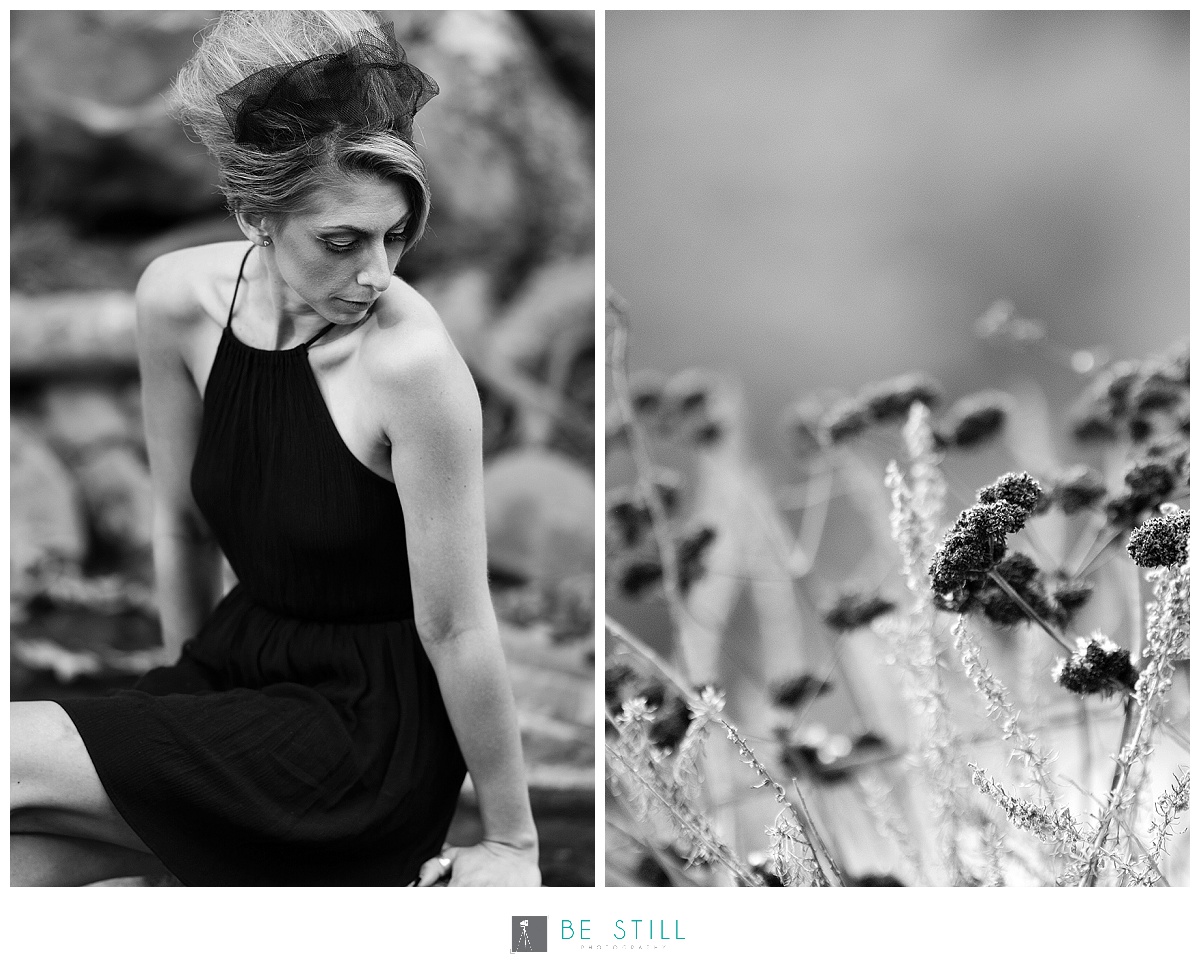
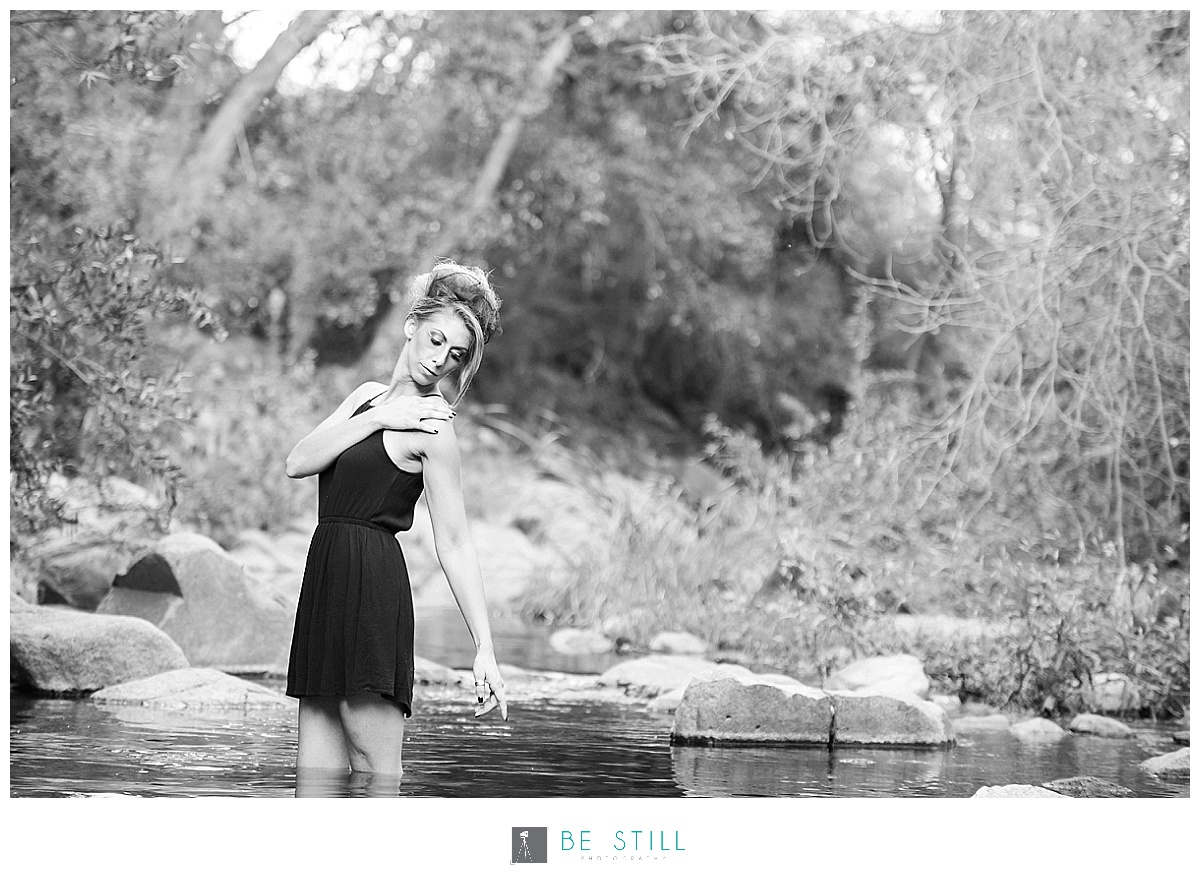
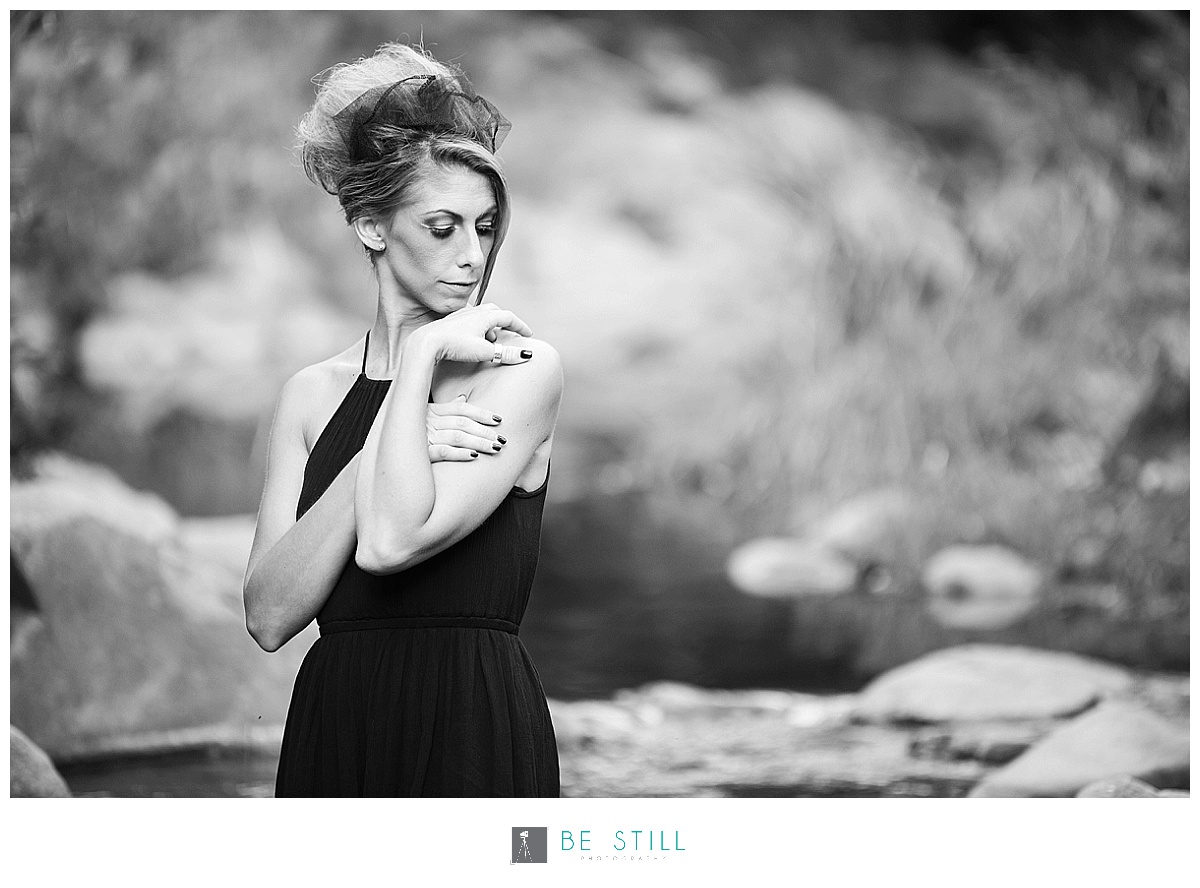
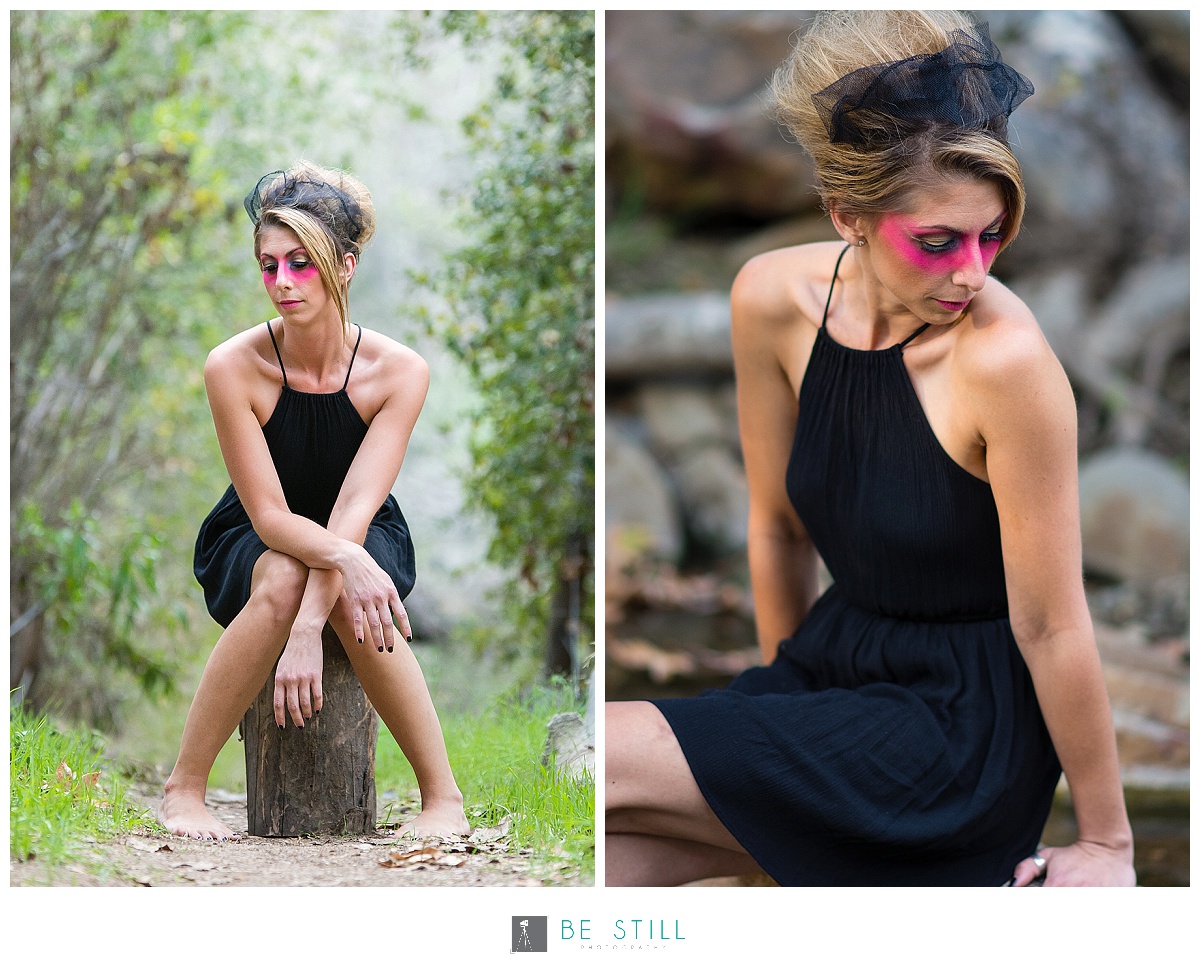
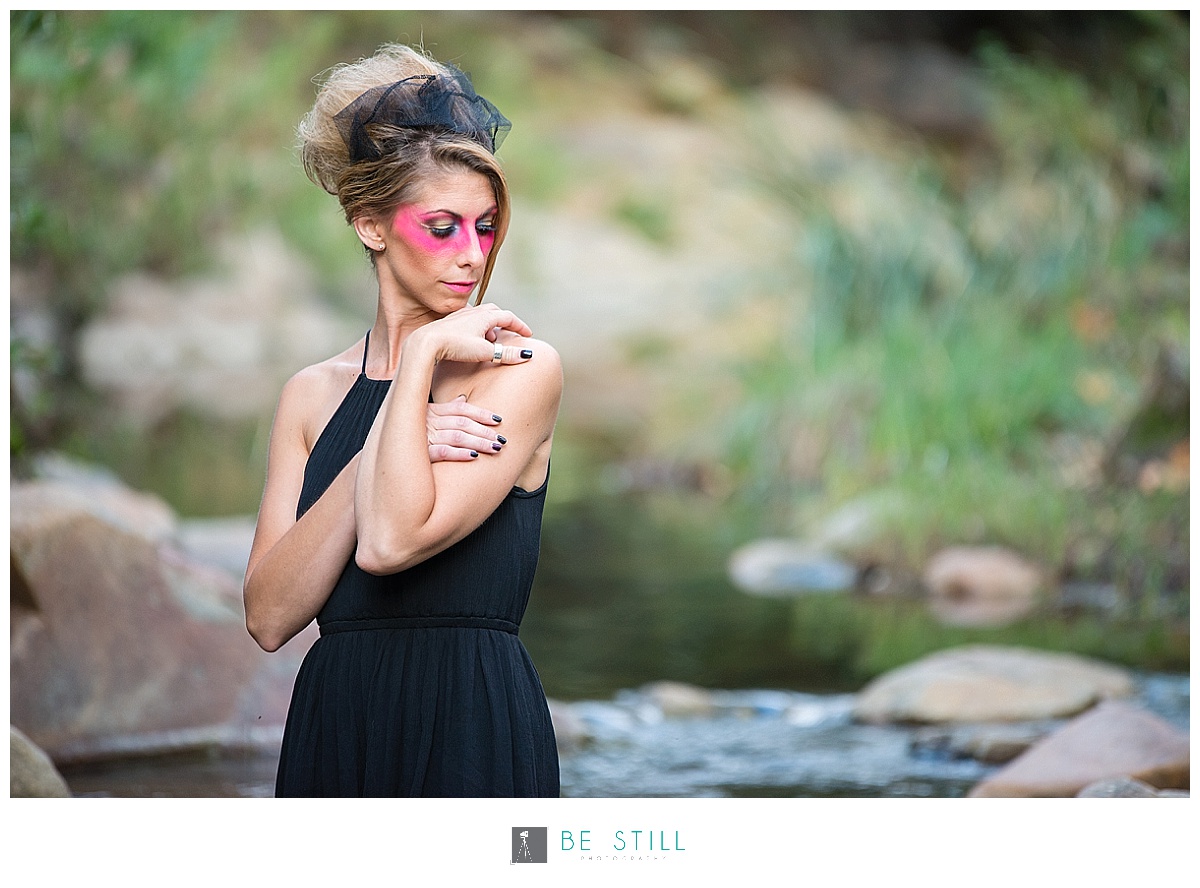
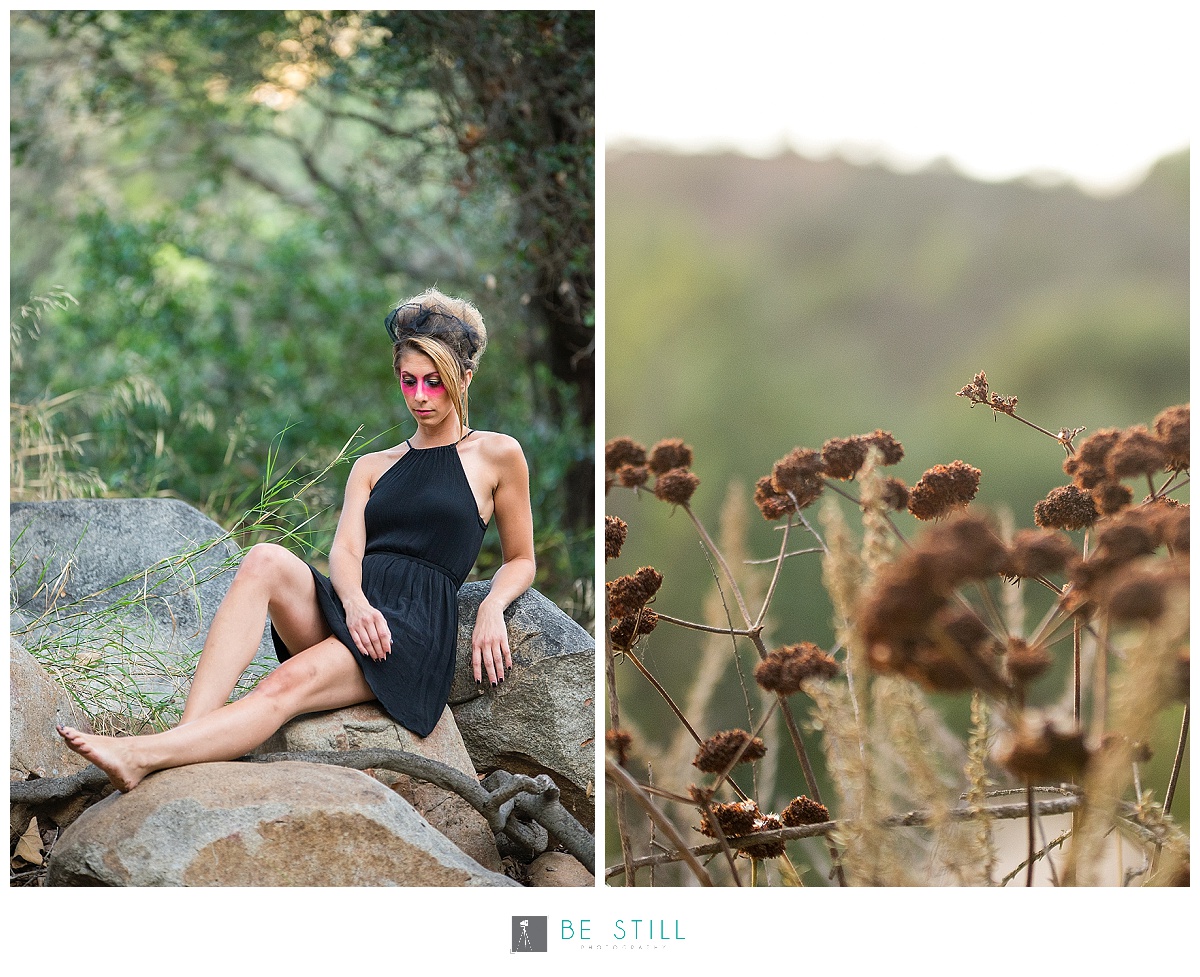

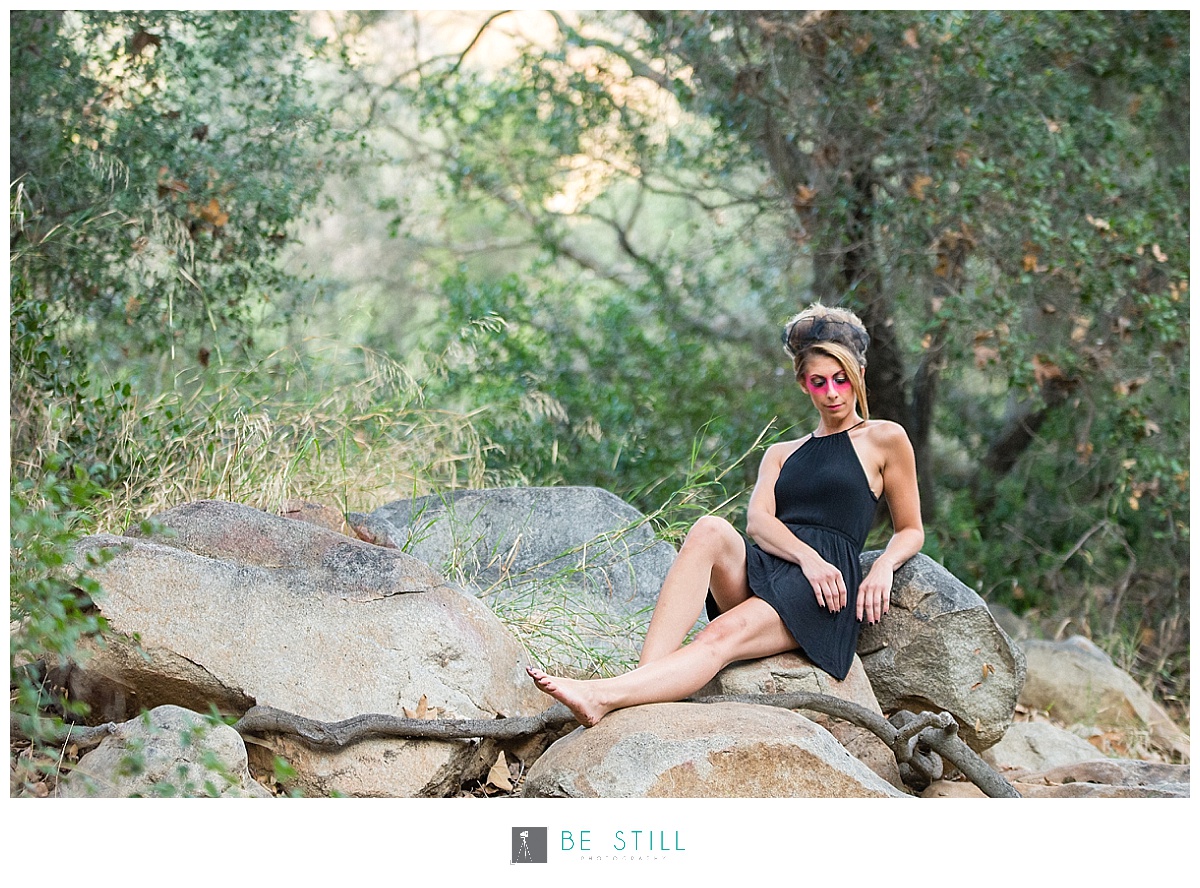
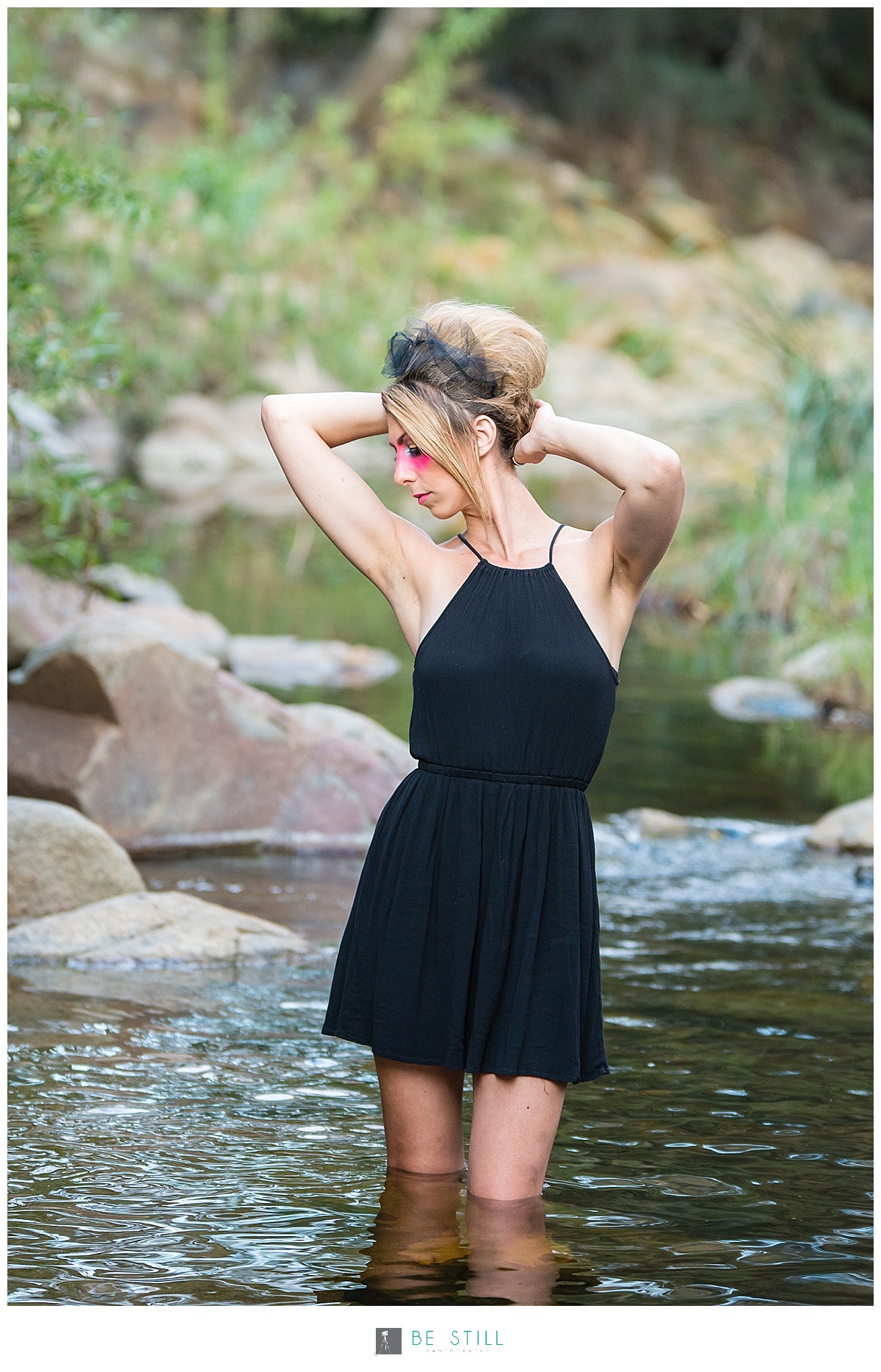
MUA: Macy Ornelia Hair: Blyss Macias Photographers: Be Still Photog | Ernie Padaon | Fiona Padaon Location: Elfin Forest | San Marcos, CA
